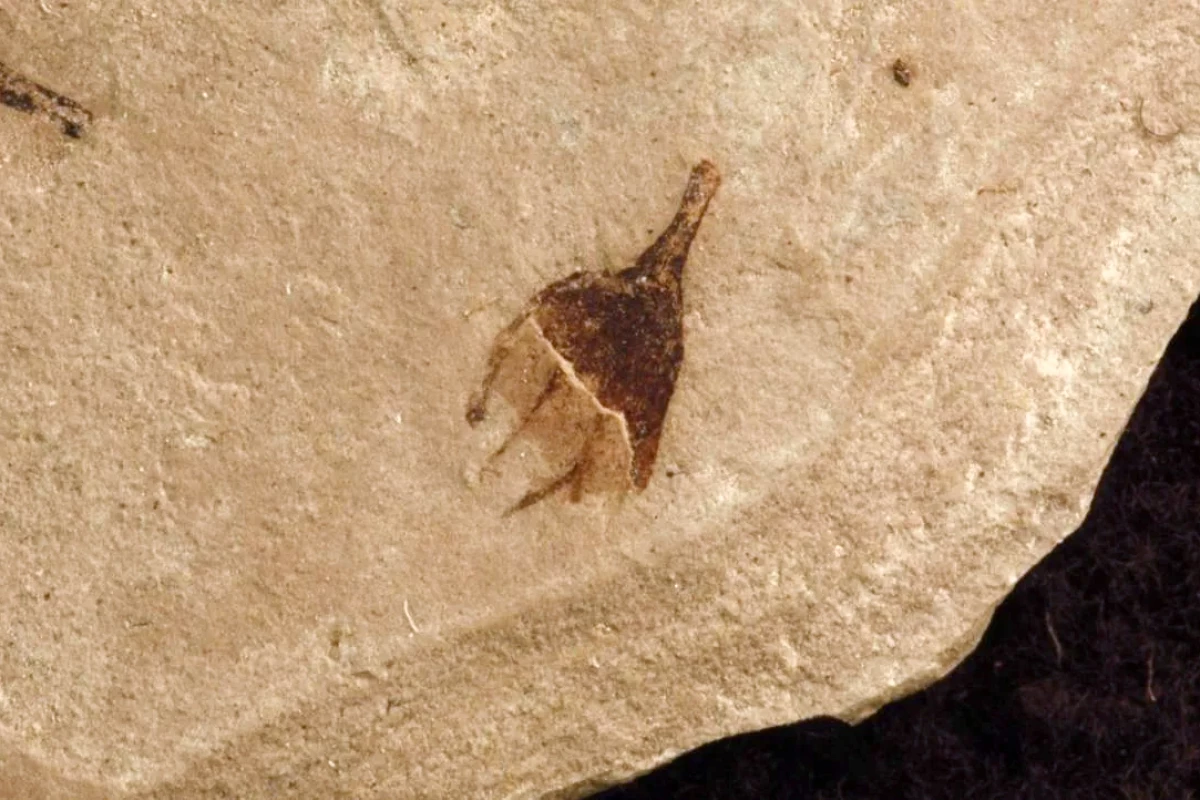Fossilized plants can provide much information about plant diversification and the planet’s geography and evolution. Researchers have discovered an ancient chili pepper from Colorado that may upend our understanding of when and where the plant originated.
The nightshade family of plants, Solanaceae, is large, with more than 2,000 species that include tomatoes, potatoes, bell peppers (capsicum), and chili peppers. It’s always been thought that the chili pepper tribe, Capsiceae, evolved in South America about 10 to 15 million years ago, but a new discovery may question that belief.
Researchers from the University of Colorado Boulder examined two well-preserved fossils collected by the University and one housed at the Denver Museum of Nature and Science. All three were taken from the Green River Formation that spreads across northwestern Colorado and southwestern Wyoming.
The Green River Formation is one of the most important fossil sites for understanding the Eocene period, the time when the continents drifted towards their current positions some 34 to 56 million years ago. Examining the fossils, one stood out to researchers because it had visible spikes on the end of a stem.
“At first, I thought, ‘No way! This can’t be true’,” said Rocío Deanna, lead author of the study. “But it was so characteristic of the chili pepper.”
The unique characteristic they observed was a calyx, the green, hat-like part of the stem that ‘holds on’ to the top of the chili.
“The world has maybe 300,000 plant species,” said Stacey Smith, co-author of the study. “The only plants with that kind of calyx is this group of 80 or 90 species.”
Researchers compared the North American samples with another nightshade fruit fossil from the Esmeraldas Formation in Colombia, South America, and found them to share the same timeline. This indicates, say the researchers, that the Capsicaeae family was already distributed across North and South America as early as 50 million years ago and that the current timeline may need to be adjusted.
“These chili peppers, a species that we thought arose in an evolutionary blink of an eye, have been around for a super long time,” said Smith. “We’re still coming to grips with this new timeline.”
Given that Colorado currently produces very few native nightshades and no chili peppers, the discovery indicated to the researchers that it, at one time, it might have.
They say the nightshade family may have started in North America instead of South America, being dispersed in the opposite direction to what is currently thought. Experts have theorized that, around 60 million years ago, fruit-eating birds may have carried the seeds and plants as they flew from continent to continent.
Although the Green River Formation samples were collected back in the 1990s, they haven't been analyzed until now because there aren’t many ‘solantologists’ – botanists who study the nightshade plant family – in the world. The discovery has meant that researchers are keen to look at other fossils to unlock their secrets.
“A lot of discoveries happen decades after the specimens have been collected,” Smith said. “Who knows how many other new fossil species are sitting in any of these museums? They’re just waiting for the right eyes to look for them.”
The study was published in the journal New Phytologist.
Source: University of Colorado Boulder





